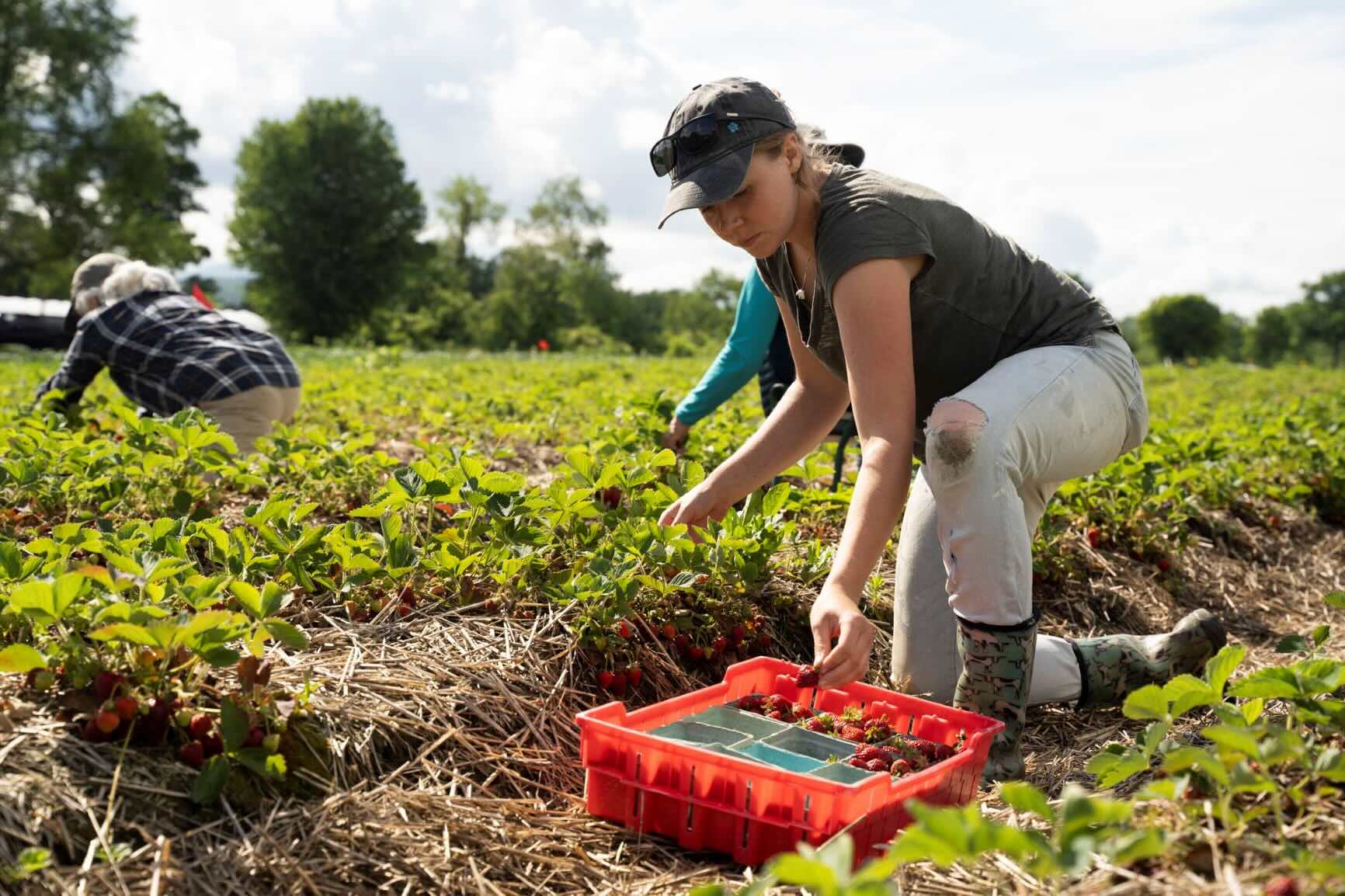
Gleaning is an age-old practice with roots in ancient agriculture. But what exactly is gleaning? Gleaning involves collecting leftover crops from farmers' fields after they’ve been commercially harvested or on fields where it’s not economically profitable to harvest. This practice not only reduces food waste but also supports those in need. Historically, it was a way for the poor to gather food without owning land. Today, gleaning has evolved into a community effort, often organized by non-profits and volunteers. It’s a win-win situation: farmers clear their fields, and communities gain access to fresh produce. Curious about more? Let's dive into 27 fascinating facts about this sustainable practice.
What is Gleaning?
Gleaning is the act of collecting leftover crops from farmers' fields after they have been commercially harvested. This practice has been around for centuries and continues to play a crucial role in reducing food waste and feeding those in need.
-
Ancient Practice: Gleaning dates back to biblical times. Farmers were encouraged to leave some crops behind for the poor and strangers.
-
Modern Gleaning: Today, gleaning is organized by various non-profits and community groups. Volunteers gather surplus produce to distribute to food banks and shelters.
-
Environmental Impact: Gleaning helps reduce food waste, which is a significant contributor to greenhouse gas emissions.
-
Nutritional Benefits: The produce collected through gleaning is often fresh and nutritious, providing essential vitamins and minerals to those who might not have access otherwise.
How Gleaning Works
Understanding the process of gleaning can shed light on its importance and efficiency in food recovery.
-
Volunteer Effort: Gleaning relies heavily on volunteers who donate their time to collect and distribute the food.
-
Farmer Partnerships: Farmers play a key role by allowing gleaners to access their fields after the main harvest.
-
Logistics: Organizing a gleaning event involves coordinating transportation, storage, and distribution of the collected produce.
-
Seasonal Activity: Gleaning is often seasonal, depending on the types of crops being harvested in a particular region.
Benefits of Gleaning
Gleaning offers numerous benefits beyond just reducing food waste. It supports communities, the environment, and local economies.
-
Community Building: Gleaning events bring people together, fostering a sense of community and shared purpose.
-
Economic Savings: By providing free produce, gleaning helps reduce grocery bills for low-income families.
-
Educational Opportunities: Gleaning can be an educational experience, teaching volunteers about agriculture, sustainability, and food security.
-
Wildlife Support: Leftover crops that aren't gleaned can provide food for wildlife, supporting local ecosystems.
Challenges in Gleaning
Despite its benefits, gleaning faces several challenges that can hinder its effectiveness.
-
Labor Intensive: Gleaning requires significant manual labor, which can be a barrier for some volunteers.
-
Weather Dependent: Adverse weather conditions can affect the availability and quality of crops for gleaning.
-
Transportation Issues: Getting the collected produce to those in need can be challenging, especially in rural areas.
-
Regulatory Hurdles: Food safety regulations can sometimes complicate the distribution of gleaned produce.
Gleaning Around the World
Gleaning practices vary globally, influenced by cultural, economic, and agricultural factors.
-
Europe: In countries like France and the UK, gleaning is often supported by government policies aimed at reducing food waste.
-
North America: The U.S. and Canada have numerous gleaning organizations that work with local farms and food banks.
-
Asia: In countries like Japan and South Korea, gleaning is integrated into broader food recovery and redistribution programs.
-
Africa: Gleaning in African countries often focuses on staple crops like maize and cassava, helping to combat food insecurity.
Famous Gleaning Programs
Several well-known programs and organizations have made significant impacts through their gleaning efforts.
-
Society of St. Andrew: This U.S.-based organization has been a leader in gleaning for over 40 years, distributing millions of pounds of produce annually.
-
Gleaning Network UK: This network coordinates volunteers across the UK to collect surplus produce from farms and distribute it to those in need.
-
Food Forward: Operating in Southern California, Food Forward gleans produce from farms, farmers markets, and even backyard fruit trees.
-
City Harvest: In New York City, City Harvest works with local farms to glean fresh produce for distribution to food pantries and soup kitchens.
The Future of Gleaning
As awareness of food waste and food insecurity grows, the future of gleaning looks promising.
-
Technological Advancements: New technologies, such as apps and online platforms, are making it easier to coordinate gleaning efforts.
-
Policy Support: Increasing government support and favorable policies can help expand gleaning initiatives.
-
Corporate Partnerships: Collaborations with businesses can provide additional resources and support for gleaning programs.
Final Thoughts on Gleaning
Gleaning, an age-old practice, still holds relevance today. It bridges the gap between food waste and hunger, turning potential waste into valuable resources. By participating in gleaning, communities can support local farmers, reduce environmental impact, and provide fresh produce to those in need. This practice not only benefits the environment but also fosters a sense of community and shared responsibility.
Understanding the importance of gleaning can inspire more people to get involved, whether through volunteering, supporting local initiatives, or simply spreading awareness. Every small effort counts, and together, we can make a significant difference. So next time you see surplus produce, think about how it can be used to help others. Gleaning is more than just a practice; it's a step towards a more sustainable and compassionate world.
Was this page helpful?
Our commitment to delivering trustworthy and engaging content is at the heart of what we do. Each fact on our site is contributed by real users like you, bringing a wealth of diverse insights and information. To ensure the highest standards of accuracy and reliability, our dedicated editors meticulously review each submission. This process guarantees that the facts we share are not only fascinating but also credible. Trust in our commitment to quality and authenticity as you explore and learn with us.
